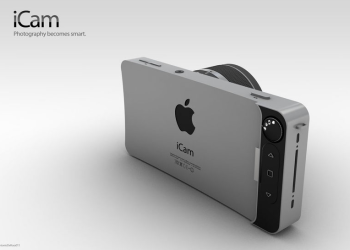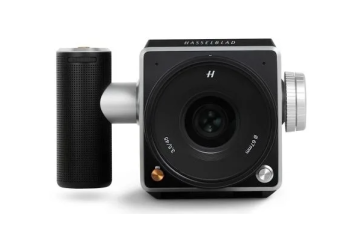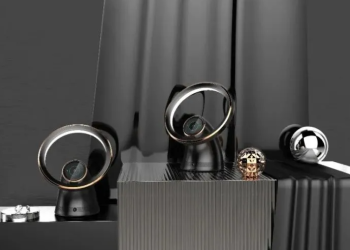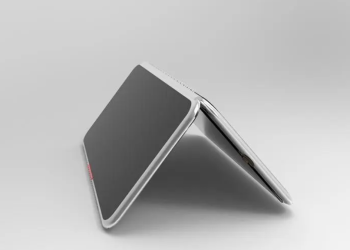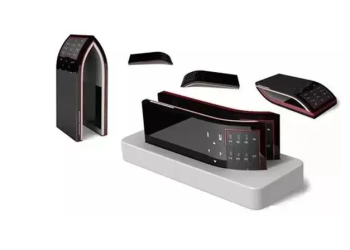Introduction
Studio monitors are an indispensable tool for music producers, engineers, and enthusiasts alike. With their ability to deliver accurate and transparent audio reproduction, studio monitors play a crucial role in the music production process. In this article, we’ll delve into the world of studio monitors, exploring their significance, features, selection criteria, setup, and more.
Understanding Studio Monitors
Definition and Purpose: Studio monitors, also known as reference monitors or studio speakers, are specially designed speakers used for audio monitoring in recording studios, post-production facilities, and home studios. Unlike consumer-grade speakers, studio monitors are engineered to provide a flat frequency response and uncolored sound reproduction, making them ideal for critical listening and audio production tasks.
Types of Studio Monitors: Studio monitors come in various configurations, including passive and active monitors, near-field and far-field monitors, and two-way and three-way speaker designs. Each type offers unique advantages and is suited to different studio environments and applications.
Key Features of Studio Monitors
Frequency Response: The frequency response of a studio monitor refers to its ability to reproduce sound across the audible frequency spectrum. A flat frequency response ensures accurate and unbiased audio reproduction, allowing producers to hear every nuance of their music without coloration or distortion.
Impedance: Impedance, measured in ohms, determines how easily a studio monitor can conduct electrical signals from the amplifier. Matching the impedance of the monitor to the amplifier ensures optimal power transfer and prevents potential damage to both components.
SPL (Sound Pressure Level): SPL indicates the volume or loudness capability of a studio monitor, measured in decibels (dB). Higher SPL ratings allow monitors to produce louder sound levels without distortion, making them suitable for larger studio spaces or higher volume listening environments.
Near-field vs. Far-field Monitors: Near-field monitors are designed to be placed close to the listener, typically within arm’s reach, and are ideal for small to medium-sized studio spaces. Far-field monitors, on the other hand, are placed further away from the listener and are suitable for larger studio environments where accurate sound dispersion is critical.
Choosing the Right Studio Monitors
Budget Considerations: Studio monitors are available at various price points, ranging from budget-friendly options to high-end professional models. Consider your budget constraints and prioritize features and performance characteristics that align with your needs and preferences.
Room Acoustics: Room acoustics play a significant role in the performance of studio monitors, affecting sound reflections, resonance, and bass response. Invest in acoustic treatment solutions such as bass traps, diffusers, and acoustic panels to optimize the listening environment and minimize unwanted coloration.
Size and Power: Choose studio monitors with an appropriate size and power rating based on the size of your studio space and desired listening levels. Larger rooms may require larger monitors with higher power output to maintain adequate sound pressure levels and clarity.
Connectivity Options: Consider the connectivity options offered by studio monitors, including analog and digital inputs, balanced and unbalanced connections, and wireless capabilities. Ensure compatibility with your audio interface, mixing console, or playback devices for seamless integration into your studio setup.
Setting Up Studio Monitors
Positioning and Placement: Position studio monitors at ear level and equidistant from the listener to ensure optimal stereo imaging and balance. Use monitor isolation pads or stands to decouple monitors from the surface they’re placed on and minimize vibrations and resonance.
Acoustic Treatment: Treat your studio space with acoustic panels, bass traps, and diffusers to minimize sound reflections, standing waves, and room modes. Strategic placement of acoustic treatment can improve the accuracy and clarity of your monitor’s playback and enhance the overall listening experience.
Calibration and Testing: Calibrate studio monitors using reference tracks and measurement tools to ensure accurate frequency response and stereo imaging. Test monitors across different listening levels and playback scenarios to identify any discrepancies and make necessary adjustments.
Tips for Optimal Monitoring
Reference Tracks: Compare your mixes against professionally mixed and mastered reference tracks to gauge tonal balance, dynamics, and overall sound quality. Reference tracks provide valuable insights and benchmarks for achieving competitive results.
Monitoring Levels: Monitor your audio at various volume levels, ranging from low to moderate to high, to ensure consistent tonal balance and clarity across the entire dynamic range. Avoid mixing at excessively high volumes, as it can lead to ear fatigue and inaccurate judgments.
Regular Maintenance: Maintain your studio monitors regularly by cleaning the drivers, checking connections, and inspecting for any signs of wear or damage. Proper maintenance ensures longevity and reliability, preserving the accuracy and performance of your monitors over time.
Common Mistakes to Avoid
Ignoring Room Acoustics: Neglecting room acoustics can lead to coloration, resonance, and frequency anomalies that affect the accuracy of your monitor’s playback. Invest in acoustic treatment solutions and room correction software to address acoustic issues and optimize your listening environment.
Overlooking Speaker Placement: Improper speaker placement can result in uneven frequency response, stereo imaging, and soundstage. Take the time to experiment with monitor positioning and placement within your studio space to achieve optimal sonic clarity and balance.
Neglecting Calibration: Failing to calibrate your studio monitors can result in inaccuracies and inconsistencies in audio playback. Use measurement tools such as room correction software, spectrum analyzers, and pink noise generators to calibrate monitors and ensure accurate frequency response and stereo imaging.
The Importance of Studio Monitors in Music Production
Accuracy and Transparency: Studio monitors provide accurate and transparent audio reproduction, allowing producers to hear the subtlest details and nuances of their music with precision and clarity. Their flat frequency response and unbiased sound signature make them indispensable for critical listening and audio production tasks.
Mixing and Mastering: Studio monitors play a pivotal role in the mixing and mastering process, allowing producers to make informed decisions regarding sound balance, tonal shaping, and dynamic processing. Their accuracy and reliability ensure that mixes translate well across different playback systems and environments.
Critical Listening: Studio monitors enable critical listening, allowing producers to identify and address issues such as frequency masking, phase cancellation, and stereo imaging discrepancies. Their revealing nature and fidelity empower producers to create professional-quality audio with confidence and precision.
Conclusion
Studio monitors are essential gear for music production, offering accurate and transparent audio reproduction critical for critical listening, mixing, mastering, and creative decision-making. By understanding the features, selection criteria, setup, and best practices outlined in this article, you can harness the power of studio monitors to elevate your music production endeavors and achieve professional-quality results.

FAQs After The Conclusion
1. Can I use studio monitors for casual listening or multimedia purposes? While studio monitors are designed for critical listening and audio production, they can also be used for casual listening and multimedia applications. However, their flat frequency response and revealing nature may not always provide the most enjoyable listening experience for recreational use.
2. How do I know if my studio monitors are properly calibrated? Proper calibration ensures that studio monitors reproduce audio accurately and consistently. Use measurement tools such as room correction software, reference tracks, and frequency analyzers to assess frequency response, stereo imaging, and overall sound quality.
3. Are there any specific recommendations for studio monitor placement in a small studio space? In a small studio space, position studio monitors at ear level and equidistant from the listener to optimize stereo imaging and balance. Use acoustic treatment to address room reflections and standing waves and consider near-field monitors for close-range monitoring in confined spaces.
4. What is the difference between near-field and far-field studio monitors? Near-field monitors are designed to be placed close to the listener and provide accurate audio reproduction at low to moderate listening levels. Far-field monitors, on the other hand, are placed further away from the listener and are suitable for larger studio spaces or higher volume listening environments.
5. Can I mix and master music solely using headphones instead of studio monitors? While headphones can provide detailed and immersive audio monitoring, they may not always accurately represent soundstage, stereo imaging, and frequency response. It’s advisable to use studio monitors in conjunction with headphones for comprehensive audio monitoring and critical listening during the mixing and mastering process.
6. How often should I replace studio monitors? The lifespan of studio monitors depends on various factors, including usage, maintenance, and environmental conditions. With proper care and maintenance, studio monitors can last for many years. However, if you notice significant degradation in sound quality, reliability, or performance, it may be time to consider replacing them.
7. Can I use studio monitors with a subwoofer for enhanced low-frequency reproduction? Yes, pairing studio monitors with a subwoofer can enhance low-frequency reproduction and provide a more immersive listening experience, especially for genres such as electronic music or film scoring that rely heavily on bass impact and extension. However, it’s essential to calibrate the subwoofer to ensure seamless integration with the main monitors and avoid frequency masking or imbalance.
8. Are studio monitors suitable for live sound reinforcement or PA applications? While studio monitors are optimized for near-field listening and critical listening environments, they may not always be suitable for live sound reinforcement or PA applications, which require ruggedness, power handling, and dispersion characteristics tailored to different venues and performance spaces. Dedicated PA speakers or stage monitors are typically used for live sound applications, where durability, coverage, and loudness are paramount.


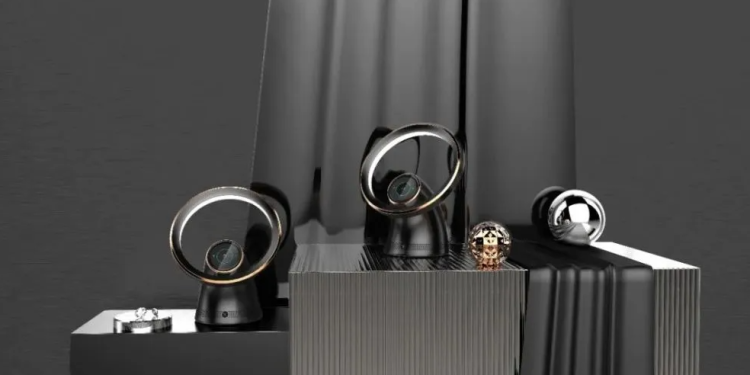
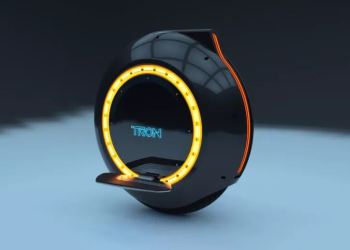



![Top 10 Wireless Earbuds of [Current Year]: Reviews and Comparisons](https://digital-electron.com/wp-content/uploads/2024/02/image-33-350x250.png)
